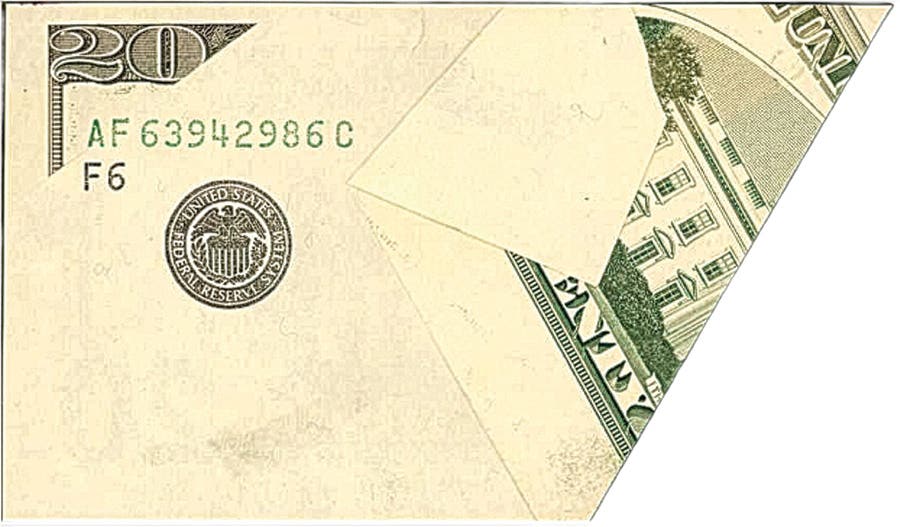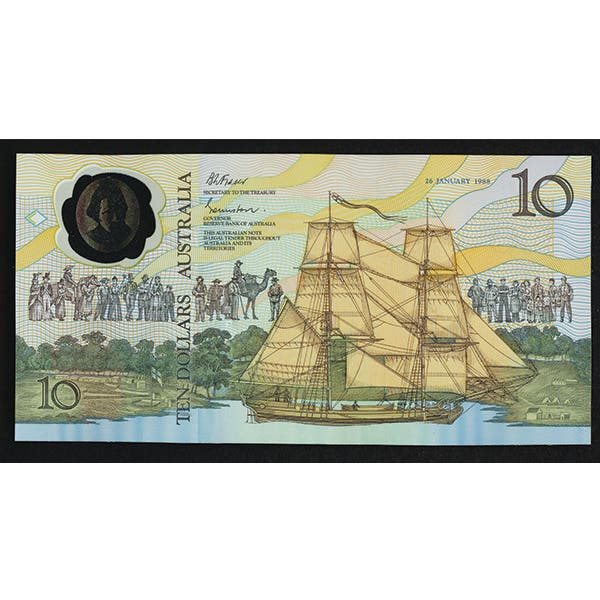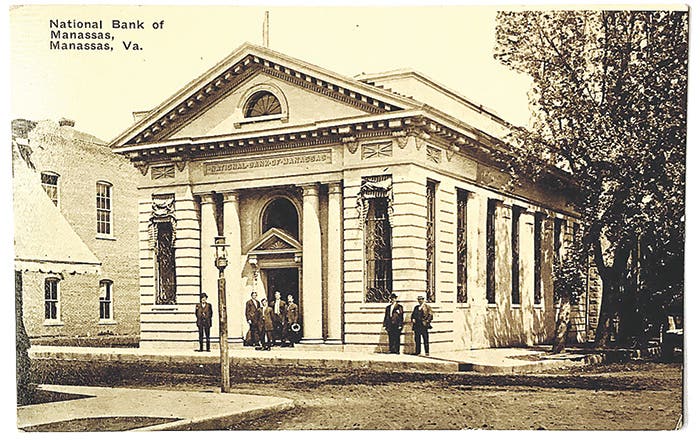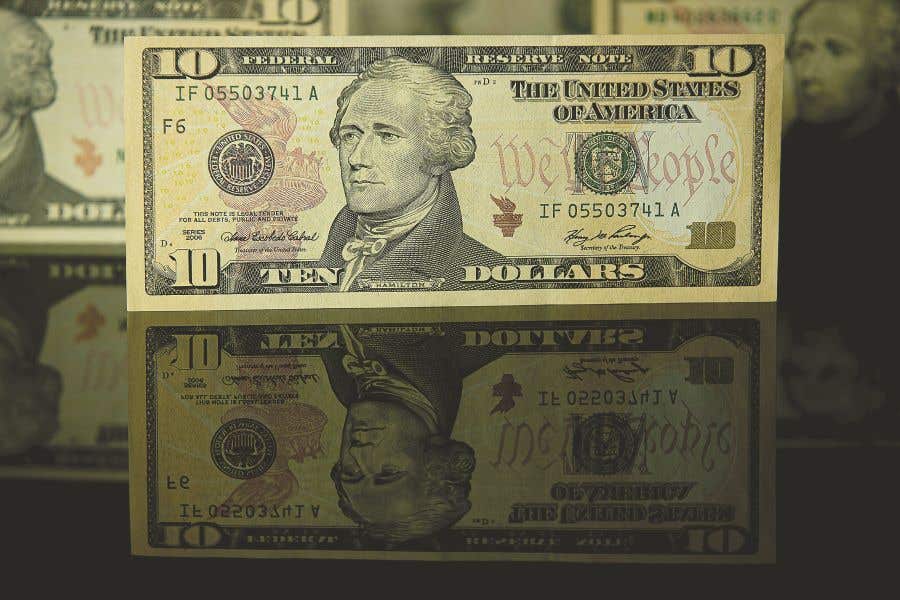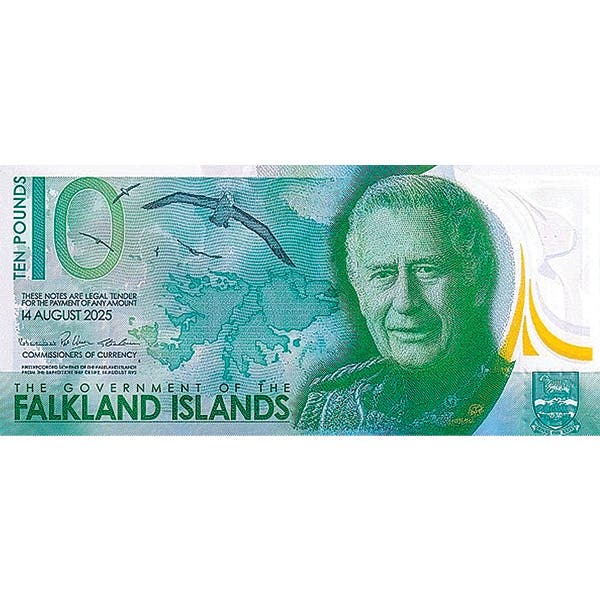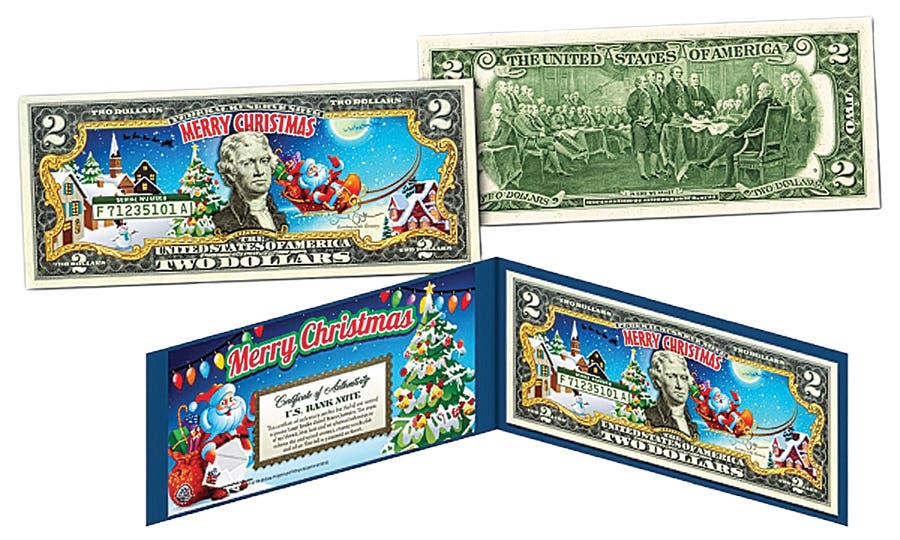Dueling Banks, Dueling Currencies
The central bank in Aden is recognized by the United Nations. The Houthi-controlled Sanaa central bank is not.
Yemen’s Houthi-led de facto government has been in the news recently primarily due to its indiscriminate attacks on ships passing through the Red Sea. The Houthis are now back in the news due to their currency war as well, a war being fought against the rival Yemen central bank in Aden. The central bank in Aden is recognized by the United Nations, while the Houthi-controlled Sanaa central bank is not.
The Yemen civil war began in 2014 when the Houthi insurgents seized Sanaa, Yemen’s capital. The central bank has been divided between the warring sides ever since, each side using its own version of the same currency system. The Houthi are Shiite rebels linked to Iran and declared to be a terrorist group by the United States. Yemen’s government is Sunni and is supported by a coalition of Gulf states led by Saudi Arabia.
Guns aren’t the only thing being used in this fight for control of Yemen. Economic warfare is involved as well. Yemen’s central banking system is on the frontlines of this battlefield, with the Aden government accusing the Sanaa central banking location of draining the nation’s reserves to fund their war effort. Aden has blamed Sanaa as the reason public employee salaries can’t always be paid. The Sunni government relocated to Aden from Houthi-held Sanaa in 2015. The central bank moved to Aden the following year.
The Houthis retaliated by preventing traders from importing commodities through Yemeni government-controlled ports while attacking oil terminals in Hadramout and Shabwa. Through 2019, both governments used the same bank notes. At that time, the Sanaa government banned new bank notes from being printed in Aden, claiming concerns about inflation and counterfeiting. The Yemen riyal-denominated currency system plummeted in southern governorates but remained reasonably stable in areas under the control of the Houthi-led Supreme Political Council.
In 2023, Saudi Arabia deposited $1 billion into the central bank controlled by Yemen’s internationally recognized government. The latest salvo in the economic war began in late March this year when the Houthi-led government announced it was issuing a new 100-riyal coin. The Houthis claimed the coin will replace worn-out 100-riyal bank notes. The announcement resulted in the coin being rejected by the internationally recognized government as being a “dangerous escalation” involving counterfeit currency.
The central bank in Aden described the move as “illegal” and “escalatory,” further urging the populace in Houthi-controlled areas to avoid using the “fake” coins.
In an Aden-based central bank statement, the government said, “The militia will be held accountable for this irresponsible escalation, as well as the resulting complexity and uncertainty in people’s transactions with financial and banking institutions.”
Studies and Economic Media Center Director Mustafa Nasr said the new coin will deepen the economic divide and worsen the economic war. According to Nasr, “This measure serves as a test of the pulse to continue producing further monetary denominations of currency as needed, as well as establishing an independent economy.”
Nasr added, “Despite the higher expense of minting coins, the Houthi group prefers them because they are easier to mint and obtain.”
No information on where the coins are being minted or their metal composition was available at the time this article was being written. It is possible Iran might supply the coins. The Central Bank of Iran’s subsidiary, Bills and Coins Production Organization, produces all coins and bank notes for Iran. The BCPO has been the sole minting or zarrabkana for Iran/Persia since all provincial mints were closed in 1877.
Sanaa Central Bank Governor Hashim Ismail said, “The currency is ready and has been minted in accordance with international standards,” adding that the new coin “will not affect exchange rates” since it is meant to replace damaged and worn bank notes of the same value.
Other sources suggest the decision to mint the coins was undertaken in a bid to overcome the crippling economic crisis affecting the banking sector in Houthi-controlled areas. Sanaa has allegedly failed to make an agreement with China, India, or Russia to print new Yemeni bank notes for the Houthi government.
In 1993, Yemen replaced 1—and 5-riyal bank notes with coins. This was followed by a 10-riyal coin in 1995 and a 20-riyal coin in 2004. Today, Yemeni 100 riyals, the economy's workhorse, is valued at 40 cents U.S. The 100—and 200-riyal denominations were introduced in 2018, one year behind banknotes in the 500—and 1,000-riyal denominations.
You may also like:




